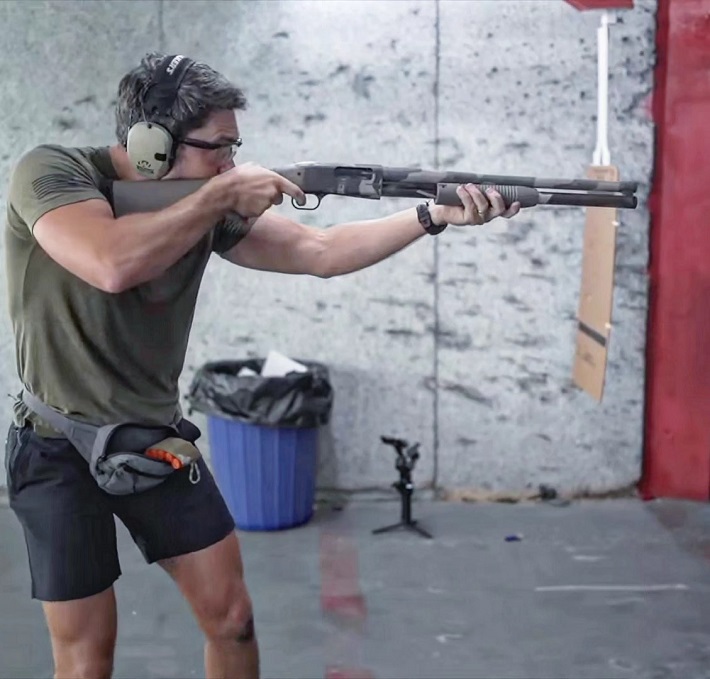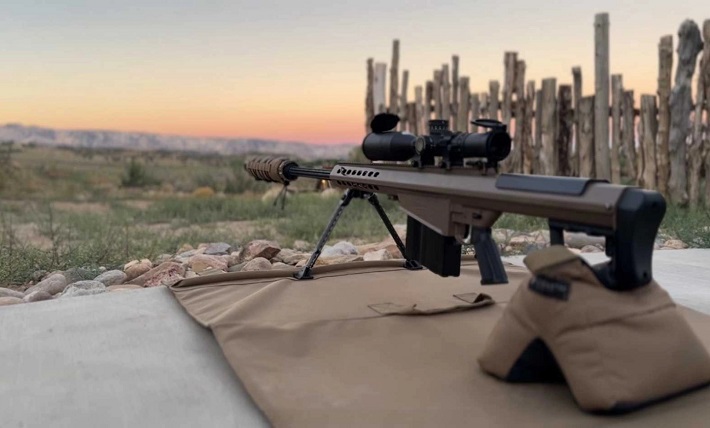Have you ever stood at the counter, license in hand, and felt that mix of excitement and pressure because the gun you choose affects safety, clean shots, and every trip you plan this season? You want clear steps that help you match the action type to your game, pick a stock that fits your shoulder in winter layers, and skip the second-guessing that creeps in when the wind picks up and the light fades.
You don’t need a wall of specs to choose well, but you do need a short checklist and a calm process you can repeat. Set a budget, decide on your hunting style, check local rules, and handle a few options so you feel how each one mounts, points, and recoils before you buy.
What Weapons to Use For Hunting?
Before you jump to a brand, map the action type to your terrain and typical range, then think through fit, recoil, and ammo that stays available near you. For a user-friendly Canada firearm for hunters, focus on a stock you can shoulder smoothly over a 10–15 mm jacket, sights you can see at first light, and a safety you can reach without shifting grip. Keep a simple plan for transport and storage that you follow every time, so your routine never slips under pressure.
Pump-Action Shotguns

A pump pairs simple controls with reliability in rain and cold, and it adapts to birds, small game, and close-range deer setups with the right loads. When you choose a pump as your Canada firearm, start with fit: adjust the length of pull so your cheek lands in the same spot every mount and your eye lines up with the rib without craning your neck.
Run a short test with 28–36 g field loads to feel recoil and cycling, then try your likely hunting load to confirm you keep the same mount under a bit more push. Pattern on paper at 20, 30, and 40 m to see pellet spread and point of impact, and write those results on a card you keep in the case.
Check that the action runs smoothly when you rack it briskly, the safety sits where your thumb can reach it, and the loading port gives your fingers enough room with gloves. Bring a small field kit with a bore snake and cloth so you can wipe moisture after a wet walk. Cycle snap caps at home to build a steady rhythm, practice “load one, shoot one, verify clear,” and keep capacity within legal limits in your province. If you switch between upland and waterfowl, set a choke plan for each and label the tubes so you never guess at the truck.
Inertia-Driven Semi-Auto Smoothbores
An inertia-driven semi-auto uses recoil energy in the bolt group, which often means a lighter gun with fewer gas parts to clean and a slimmer fore-end that helps many shooters settle their grip. As you sort Canada firearms in this category, put stock fit first: a shim kit lets you adjust drop and cast so your eye tracks down the rib without tilting your head, and a good pad keeps length sensible over winter layers. Bring the loads you plan to run and test cycling at the range; log which shells run clean in cold weather and which ones feel snappy or soft, so you pick a balance you can practice with all year.
Mount the gun ten times at home on a safe wall point, then close your eyes and mount again; open your eyes to see if the bead centres the same each time, and tweak shims until it does. Use a chamber flag during transport, store unloaded with a locked case and ammo locked and separate, and confirm capacity rules for your season. Practice “two in the tube, one to the plate” drills to build timing without rushing your trigger. If you prefer minimal cleaning, inertia can help, but still set a schedule: wipe, inspect, light oil on contact points, and a quick check of springs before big trips.
Compact Bolt-Action Rifles

A compact bolt-action suits tight timber, steep hills, and long days on foot. Shorter barrels, usually 470–510 mm, balance near your support hand, which helps you settle faster for kneeling and offhand shots inside ethical ranges. When you evaluate a Canada firearm in this class, choose a stock that anchors your cheek in the same place every time, and match calibre to your game and your recoil tolerance.
Many shooters hold tighter groups with moderate recoil because they practice more and run the bolt without flinching. Mount a simple optic with a plain reticle, torque rings to spec, and confirm zero at 100 m with a cold-bore note in your log. Build a dope card for 150 and 200 m and tape it inside your stock pack so you don’t guess at drop when the shot counts.
Test feeding from a full magazine, then run “shoot one, cycle, settle” drills to build smooth bolt work without dragging the rifle off target. Keep a small kit with a nylon brush, patches, solvent, and light oil; push a wet patch, wait per label, dry patch, then a light oil pass before storage. Sling the rifle and practice safe carry in real layers so you set the strap length and avoid muzzle drift on climbs. During fences and vehicles, go bolt back and chamber empty, then check again before you step off.
Surplus-Pattern Carbines
Surplus-pattern carbines draw interest for price and history, but they demand extra checks before any field use. You see varied conditions, worn bores, and old stock fit that may not suit you without work, so budget for a full inspection and parts. If you explore this path as a Canada firearms project, confirm current classifications and local rules first, then ask a qualified gunsmith to check headspace, firing pin protrusion, bore integrity, and crown condition.
Old preservatives and wood movement can affect function, so plan a deep clean, careful screw torque, and a slow test at the range with proper safety gear. Start at 50 m to set a basic zero with iron sights, then confirm at 100 m, and keep your effective range honest; only take shots you can place well inside your normal group size from a stable position.
Expect heavier triggers and shorter sight radius, and train within those limits instead of chasing long shots. Transport unloaded in a locked case, keep ammo locked and separate, and carry paperwork in your bag. If any inspection step raises doubt, park the project and choose a modern platform that fits your body, your season, and your goals.



